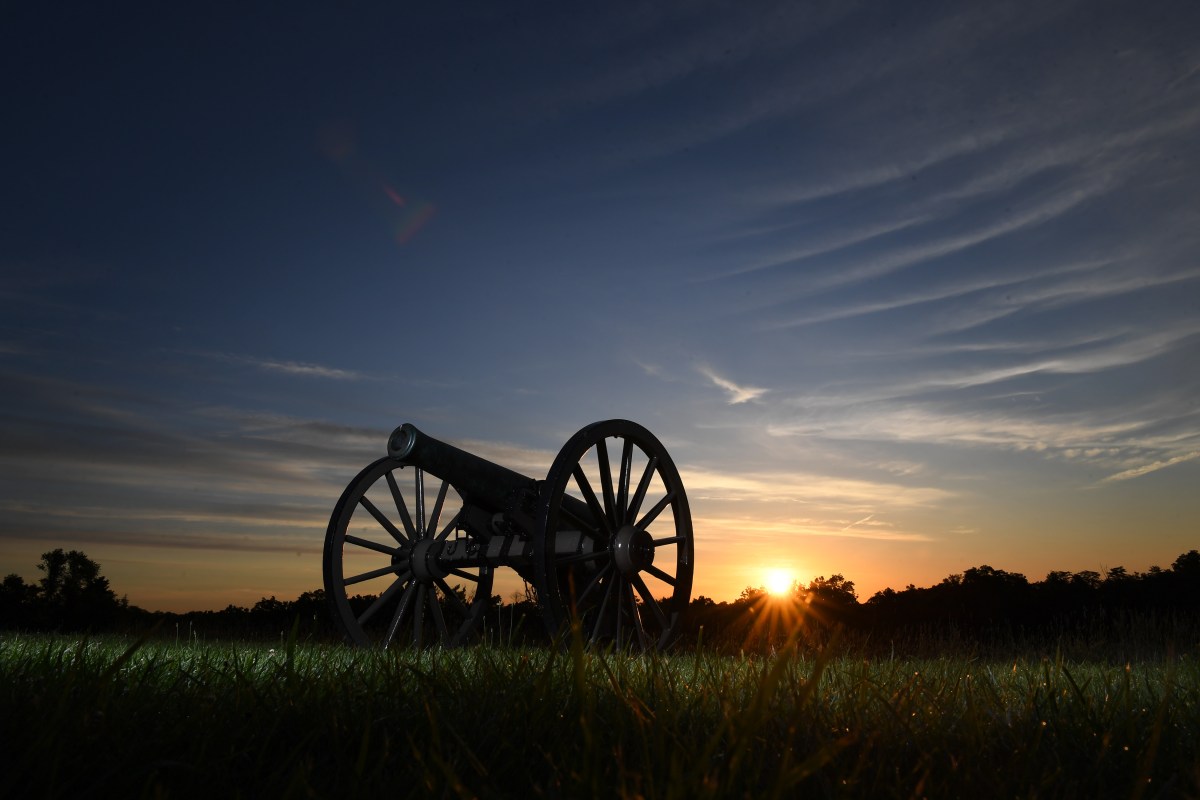In 1992, Kevin Ambrose was scanning a construction site with a metal detector in Centreville, Virginia, near where the Civil War sites of The Battles of First, Second Bull Run, and the Battle of Blackburn’s Ford were fought. He was part of a small group of “diggers” that tried to salvage Civil War artifacts at construction sites before the relics were lost and buried forever.
When his metal detector went off, he hoped for a Civil War buckle. But what he found what a photograph, or a negative image, of a woman etched into a thick, metallic plate. She was wearing an off-the-shoulders gown which was favored by Southern belles and wealthy women during the Civil War era. He didn’t know what to do with it, so he just held on to the photograph.
Her image had been buried near a Civil War battlefield for 100 years. Then I found her. https://t.co/GEf2hCkTzL
— The Washington Post (@washingtonpost) March 17, 2019
Then last month, he realized he knew what to do, thanks to Photoshop. He was able to invert the negative into a positive and see more of the woman and her facial expression. He sent the photo on to Tom Liljenquist, who is an expert in Civil War photography, and who has donated a very large collection of Civil War photographs to the Library of Congress, according to The Washington Post. Liljenquist thinks the negative is a copy of a Civil War portrait photograph, called ambrotypes and tintypes. He says the piece is very unique, and the first he’d seen like it.
Meanwhile, Ronald S. Coddington, editor and publisher of Military Images, told Ambrose that the image was made for a printing press, likely made during the 1870s or 1880s.
Thanks for reading InsideHook. Sign up for our daily newsletter and be in the know.


















